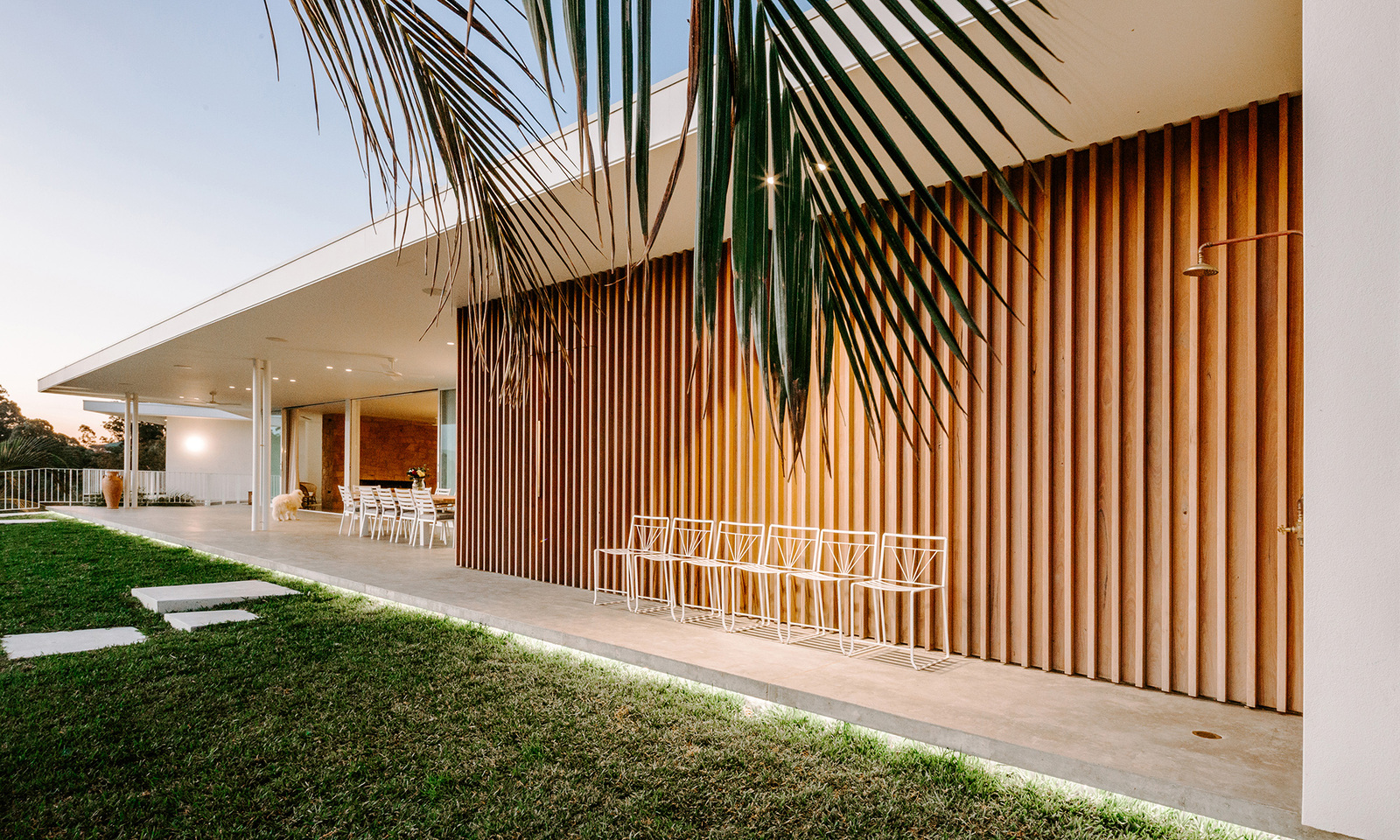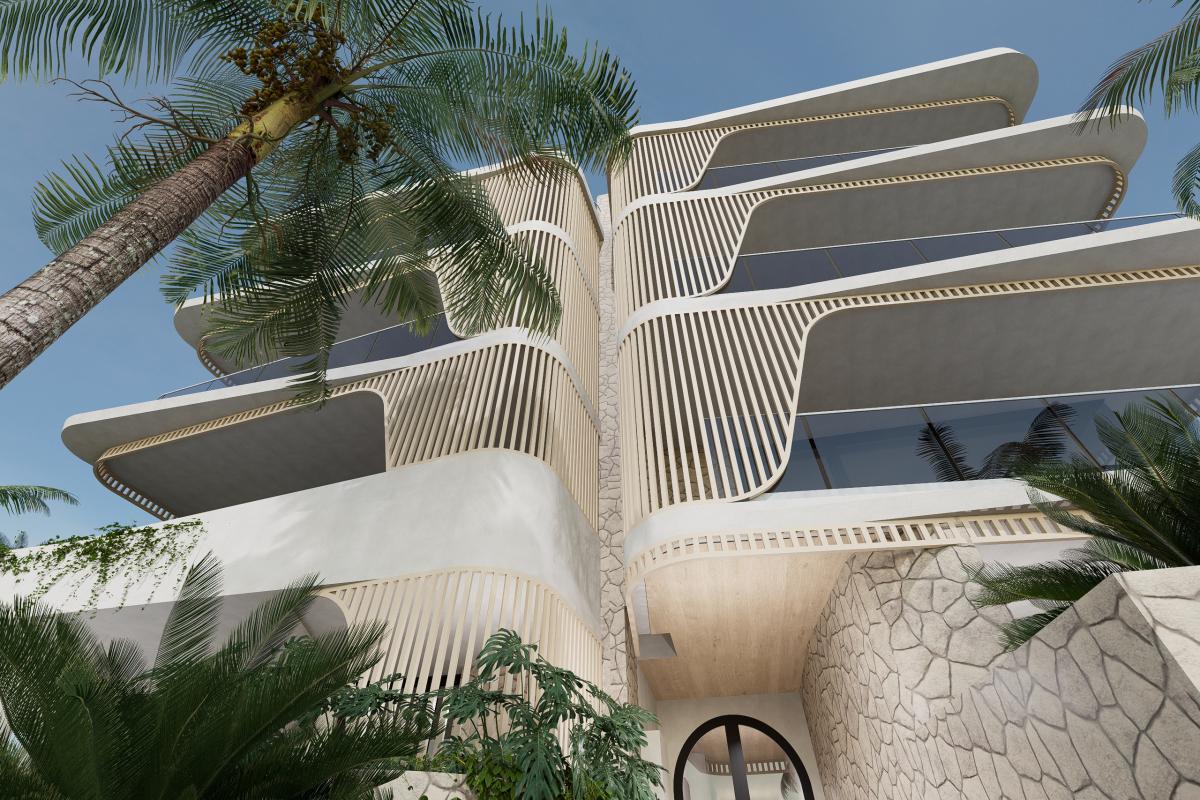Top Fads in Residential Design You Should Understand About
As residential design continues to evolve, numerous compelling fads are forming the way we make and occupy our living spaces. Key developments such as lasting structure methods, the combination of clever home technology, and the surge of modular homes emphasize a considerable shift in the direction of both functionality and environmental duty.
Lasting Structure Practices
A boosting variety of residential projects are embracing sustainable building practices, driven by a growing understanding of ecological influence and power performance. This change is identified by the combination of green materials, energy-efficient designs, and ingenious construction methods. Builders and homeowners are increasingly prioritizing the usage of sustainable sources, such as bamboo and recycled steels, which not just minimize the carbon impact yet additionally enhance the longevity and visual charm of properties.
Including energy-efficient systems is another essential facet of sustainable structure - residential house architect. Functions such as high-performance insulation, energy-efficient windows, and solar panels are ending up being standard in brand-new domestic designs. These aspects not just add to lower power consumption however also provide substantial long-lasting savings for home owners
Additionally, the layout of lasting homes typically emphasizes all-natural light and ventilation, minimizing the reliance on man-made lighting and environment control systems. Landscaping methods, such as xeriscaping, further advertise sustainability by minimizing water usage.
As the need for sustainable living remedies remains to climb, the residential design sector is poised to adapt and introduce, guaranteeing that future homes are not just environmentally accountable but likewise comfy and functional for their residents. - residential house architect
Smart Home Modern Technology
Smart home technology is reinventing the means property owners engage with their living rooms, enhancing power, convenience, and safety and security management. This innovative method incorporates different tools and systems, permitting users to control their homes remotely or through automated processes. Central to this trend is making use of wise gadgets such as thermostats, illumination, safety cams, and devices, all attached by means of the Net of Things (IoT)
One of the most appealing features of smart home technology is the ability to customize settings for optimum power performance. Home owners can check power use and change air conditioning, home heating, and illumination based on their routines, significantly reducing energy prices. Moreover, sophisticated safety and security systems geared up with clever locks and security cams offer peace of mind, allowing remote tracking and informs to prospective security violations.
Combination with voice-activated assistants boosts individual experience, allowing homeowners to manage devices with basic voice commands. As technology remains to evolve, the capacity for smart home systems to boost lifestyle expands, making them an important factor to consider in modern property architecture. Eventually, clever home technology is not simply a fad but an essential change toward a lot more smart living environments.
Open Idea Living
Open up concept living has become a specifying feature in contemporary property style, characterized by the removal of standard obstacles between spaces. This style ideology promotes fluidity and connectivity within the home, permitting a smooth change in between areas such as the kitchen, dining, and living spaces. By removing partitions and walls, open concept designs produce a feeling of space, promoting an inviting environment that boosts social communication.

In addition, this method to residential layout aligns with minimalism, concentrating on practical simpleness and aesthetic comprehensibility. Property owners value the flexibility of these formats, which can be quickly adjusted to reflect individual style via furniture plan and decor. As open idea living remains to gain grip, it continues to be a testament to advancing family characteristics and the desire for homes that improve link and comfort.
Biophilic Style
Biophilic layout has actually come to be progressively substantial in domestic style, highlighting the innate connection in between human beings and nature. This style ideology seeks to integrate all-natural components into living areas, consequently cultivating a sense of find out this here wellness and improving the top quality of life for occupants. By integrating functions such as all-natural light, plant life, and organic materials, biophilic style promotes an unified partnership in between interior settings and the environment.
Crucial element of biophilic layout consist of huge home windows that provide unobstructed views of outdoor landscapes, living walls that present greenery right into insides, and open flooring strategies that urge air movement and all-natural light infiltration. Water features, both within and outside the home, serve to produce comforting atmospheres and enhance sensory experiences.
Additionally, making use of sustainable materials not only supports environmental stewardship but likewise adds to healthier indoor air quality. As awareness of environmental concerns rises, home owners are significantly focusing on styles that show their link to nature. In significance, biophilic layout not just raises aesthetic allure yet additionally addresses emotional and emotional demands, making it a crucial pattern in contemporary residential style.
Modular and Prefab Residences

Additionally, prefab and modular homes are made with sustainability in mind. Many manufacturers utilize energy-efficient systems and environment-friendly products, such as photovoltaic panels and progressed insulation methods, adding to minimized energy usage and lower utility bills for property owners. The flexibility of design options permits modification, dealing with varied aesthetic preferences and functional requirements.
As the demand for economical housing remains to climb, prefab and modular homes provide a practical solution, addressing both financial and ecological challenges. Communities are significantly acknowledging the capacity of these structures, incorporating them into urban and country setups. In general, the trend towards prefab and modular homes represents a change toward more lasting, effective, and adaptable living settings, making them a critical facet of modern residential style.
Final Thought
Lasting structure techniques and smart home technologies enhance efficiency and benefit, while open idea living and biophilic style foster social communication and a link to nature. The increase of prefab and modular homes uses personalized and affordable solutions, reflecting a broader shift in the direction of useful and liable living.
Trick growths such as lasting structure methods, the combination of wise home more technology, and the rise of modular homes underscore a significant shift in the direction of both capability and ecological obligation.The increase of modular and prefab homes has changed the household style landscape, supplying cutting-edge options for effective and sustainable living.In addition, prefab and modular homes are created with sustainability in mind. In general, the trend toward prefab and modular homes indicates a change towards extra lasting, efficient, and adaptable living settings, making them a critical element of modern domestic design.
Lasting building techniques our website and clever home innovations boost performance and convenience, while open idea living and biophilic style foster social interaction and a link to nature.